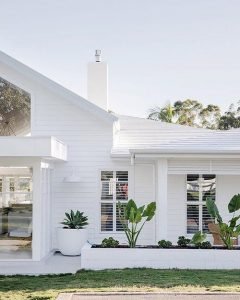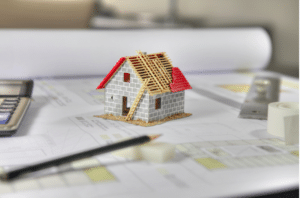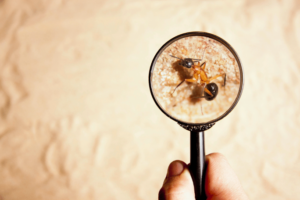The one room in your home which is exposed to a lot of water is the bathroom. Due to heavy usage of water in bathrooms, there are chances of water seeping in behind walls and under flooring, leading to water damage. If the damage is not treated in time, problems like mould and structural damage could creep up on you slowly. Not only would it require substantial efforts to repair but also involve high costs. And when it comes time to selling your property, the Building and Pest Report will reveal any water damage issues to your potential buyers. To help prevent water damage in your bathroom Your Building Inspector have some useful tips for you to consider.
Keep an eye out for signs of leaks:
If you notice any musty odours, discolouration of walls or floorings, or bubbling of plasterboard, these could indicate there’s a leak somewhere. Test the walls to know if any areas have gone softer than others. Check for leaks under vanities and don’t forget the sink trap. If any of these issues arise, detect the source of leak and have it repaired immediately.
Fix or replace tiles:
When the bathroom tiles are cracked, broken or not in place, there are chances of water making their way into walls and beneath flooring. To avoid any water damage, it is important to repair or replace the tiles. The same goes for caulking along sinks, showers, tubs and cracked grout.
Check valves:
Another tip to help prevent water damage in your bathroom is to have the valves of your sinks, showers and toilets tested regularly to make sure they are in working condition. Wetness or staining around the valves are usually signs of a leak. If you notice any such problems call a professional to look into the matter.
Upgrade to newer models:
Research shows that toilets account for approximately 40% of your annual consumption of water. Adding to this, older models of showerheads might use twice the amount of water used by newer models. We suggests replacing your old fixtures by upgrading to newer models. This will help keep water usage in check and prevent potential water damage in your bathroom along the way.
Unclog the drain/hire a plumber:
If you are faced with a slow draining sink, it could be due to a clog. Pick up some drain cleaner the next time you’re at Bunnings and follow the directions. If it doesn’t help to unclog the drain, call a plumber to inspect the trap for clogs. Ensure no water is collected and sitting in the area surrounding the sink.
Toss items into the trash:
Apart from toilet paper no other item should go down the toilet. Keep a bin in the bathroom to discard such items. Don’t wash big clumps of hair down the drain, this can also cause major blockages. Instead, always discard hair in the rubbish bin.
Turn on the exhaust fan:
Another effective tip to help you prevent water damage in your bathroom is to make sure you switch on the exhaust fan whenever you use the shower or tub. The fan helps to draw out excess moisture from the bathroom, preventing mould and odour problems. In case of high humidity levels, you can install a dehumidifier in your bathroom.
Drain water:
Drain all water from the shower or tub after use. Remember to also remove any water sitting on the floor. This will help prevent any potential water damage. Torn shower curtains or shower doors having damaged seals should be replaced.
Make use of bath mats:
Place bath mats on your bathroom floor to soak up water when you step out of the shower or tub. They help reduce the risk of excess water building up on the floor.
Going away?
If you’re going on holidays, or just leaving the house for the weekend, it’s a good idea to shut off the water supply to the entire house. A burst pipe or similar emergency when no one is home can be catastrophic!
Keeping these things in mind will help you decrease any damage which could be caused by the accumulation of moisture in your bathroom. Following these tips can keep surfaces in good condition and ensure that the money spent on your bathroom doesn’t go to waste through damage.
Whether you’re selling your home or buying a new one, book a Pre Purchase Building and Pest Inspection with Your Building Inspector and one of our licensed inspectors will report back with any water damage issues they find.











